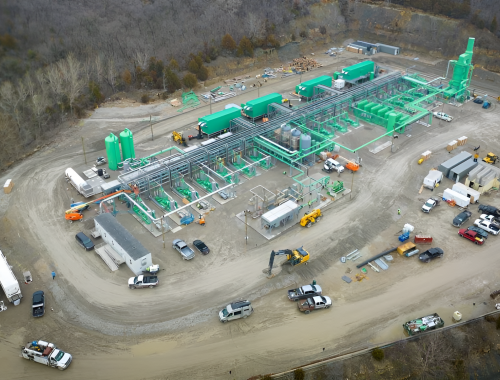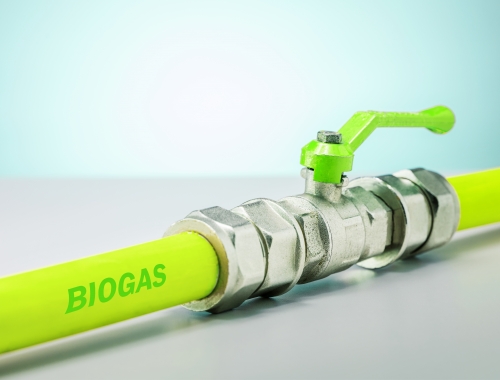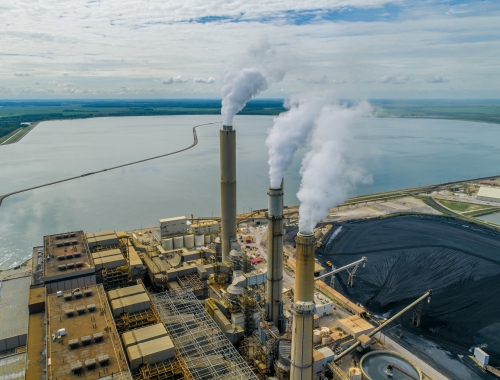Methane emissions from US Uinta basin halve in 2015-20
SUMMARY
Gas production in the region also halved, but the study showed that low-production wells did not leak a greater share of methane as was previously thought.
By Joseph MurphyPOSTED IN:
The volume of methane emissions in Utah's Uinta oil and gas basin halved between 2015 and 2020, researchers estimate. Gas production in the region also halved over the period, but the study showed that lower-production wells did not leak a greater share of methane as previous research had suggested.
In a study published in the scientific journal Nature, researchers from the universities of Utah, Utah State and West Texas A&M, found that the amount of methane still leaking from wells in 2020 was around 6-8% of the total amount produced, which is around the same share as in 2015.
The result was nevertheless surprising, however, according to professor John Lin of the university of Utah, as previous research suggested that lower-production wells would leak a larger share of methane. The researchers said tightening regulations on methane emissions by the Environmental Protection Agency did not play a role, as those regulations only apply to new wells. At least one company voluntarily took action to detect and repair leaks, they said, but the extent of voluntary action is unknown.
A recovery in gas production may not be coupled with a proportional rise in emissions, the researchers said, owing to improvements in leak detection and repair technologies.
"This will depend on decisions made by individual companies, as well as on changes that have occurred or that may occur in the regulatory landscape," research associate professor Seth Lyman, at Utah State University, explained.
The study, which can be read here, was funded by the National Oceanic and Atmospheric Administration and a sub-contract from the University of Arizona. It made use of aircraft-based measurements as well as ground-based sensors to quantify methane emissions.







